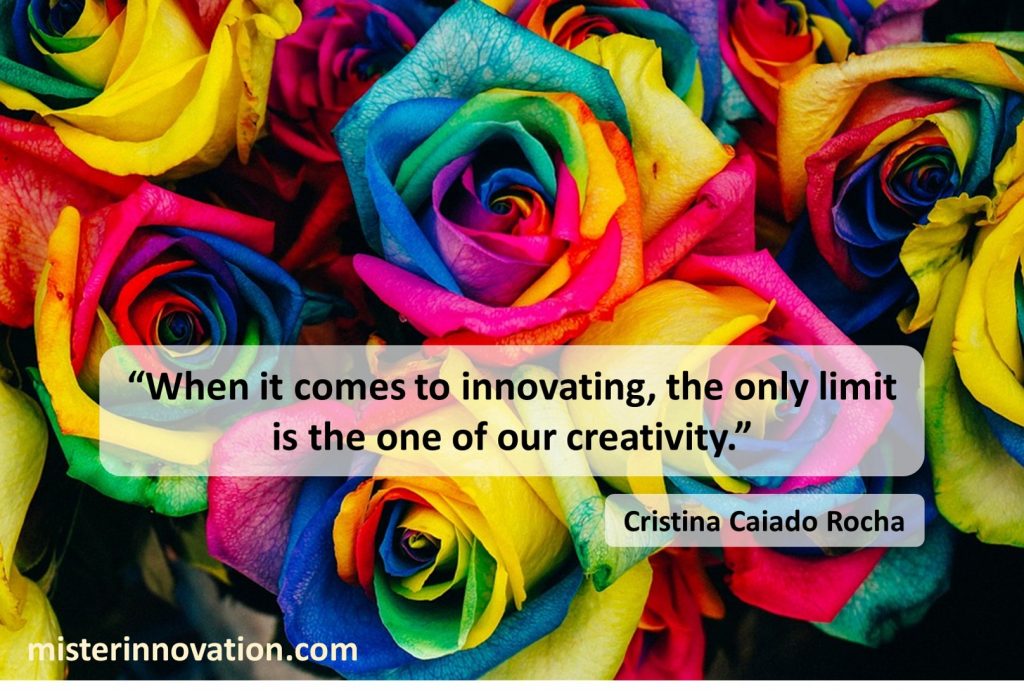
GUEST POST from Art Inteligencia
In today’s fast-paced and competitive world, fostering creativity and innovation has become a top priority for organizations seeking to stay ahead of the curve. Open innovation, a paradigm that emphasizes collaboration and knowledge sharing beyond the boundaries of a company, has emerged as a powerful tool in nurturing and fueling creativity. This article will explore the role of open innovation in fostering creativity and provide two case study examples highlighting its impact.
Open innovation breaks down the traditional barriers and silos that often hinder creativity within organizations. By opening up the innovation process to external partners, customers, and even the general public, companies are able to tap into a diverse range of perspectives and ideas that can spark creativity. This collaborative approach enables the pooling of resources, expertise, and insights, ultimately driving the development of novel and groundbreaking solutions.
Case Study 1 – Lego Ideas
One notable example of open innovation’s role in nurturing creativity is the LEGO Group. Facing tough market competition and declining sales during the early 2000s, LEGO embraced open innovation to revitalize its brand and reignite creativity. The LEGO Ideas platform was launched, allowing fans and enthusiasts to submit their own designs for potential LEGO sets. Users could vote for their favorite designs, and the ones receiving enough support would be considered for production. This open approach not only engaged customers more deeply but also provided a constant stream of new ideas for LEGO to leverage. The result was a resurgence in creativity, with sets like the LEGO Ideas Exo Suit and LEGO Ideas Saturn V becoming highly popular. This open innovation not only reinvigorated the brand but also significantly expanded the creative possibilities in the LEGO universe.
Case Study 2 – Microsoft Garage
Another compelling case study highlighting the impact of open innovation on creativity is the software giant Microsoft. In a bid to encourage innovation through open collaboration, Microsoft launched the Microsoft Garage initiative in 2009. The Garage encourages employees from different departments to collaborate on side projects and experiment with innovative ideas. Through this open innovation platform, employees are provided with time, resources, and a supportive environment to explore new concepts and technologies. One notable success story from Microsoft Garage is the development of the Microsoft HoloLens, a groundbreaking augmented reality device. Initially a side project of a few employees, the HoloLens gained significant traction within the company and ultimately became a flagship product, revolutionizing industries like healthcare, gaming, and architecture. The open innovation culture fostered by Microsoft Garage nurtures creativity within the company, leading to groundbreaking products that have a profound impact on the industry.
Conclusion
Open innovation’s role in nurturing creativity goes beyond specific case studies. By embracing collaboration, knowledge sharing, and external input, organizations can create an environment where new ideas thrive. Through platforms like crowdsourcing, innovation challenges, and co-creation initiatives, companies can tap into the collective wisdom and creativity of a diverse range of stakeholders. Such open approaches to innovation foster a culture of creativity and enable organizations to continuously adapt, evolve, and stay ahead of the competition in a rapidly changing world.
Open innovation plays a pivotal role in nurturing creativity within organizations. Through collaboration, knowledge sharing, and the inclusion of external stakeholders, companies can tap into a wealth of diverse perspectives and ideas. The case studies of LEGO and Microsoft demonstrate the transformative power of open innovation in driving creativity and innovation. By embracing an open approach, companies can unlock the full creative potential of their employees and stakeholders, leading to the development of innovative solutions that shape industries and define the future.
Image credit: Misterinnovation.com
![]() Sign up here to get Human-Centered Change & Innovation Weekly delivered to your inbox every week.
Sign up here to get Human-Centered Change & Innovation Weekly delivered to your inbox every week.